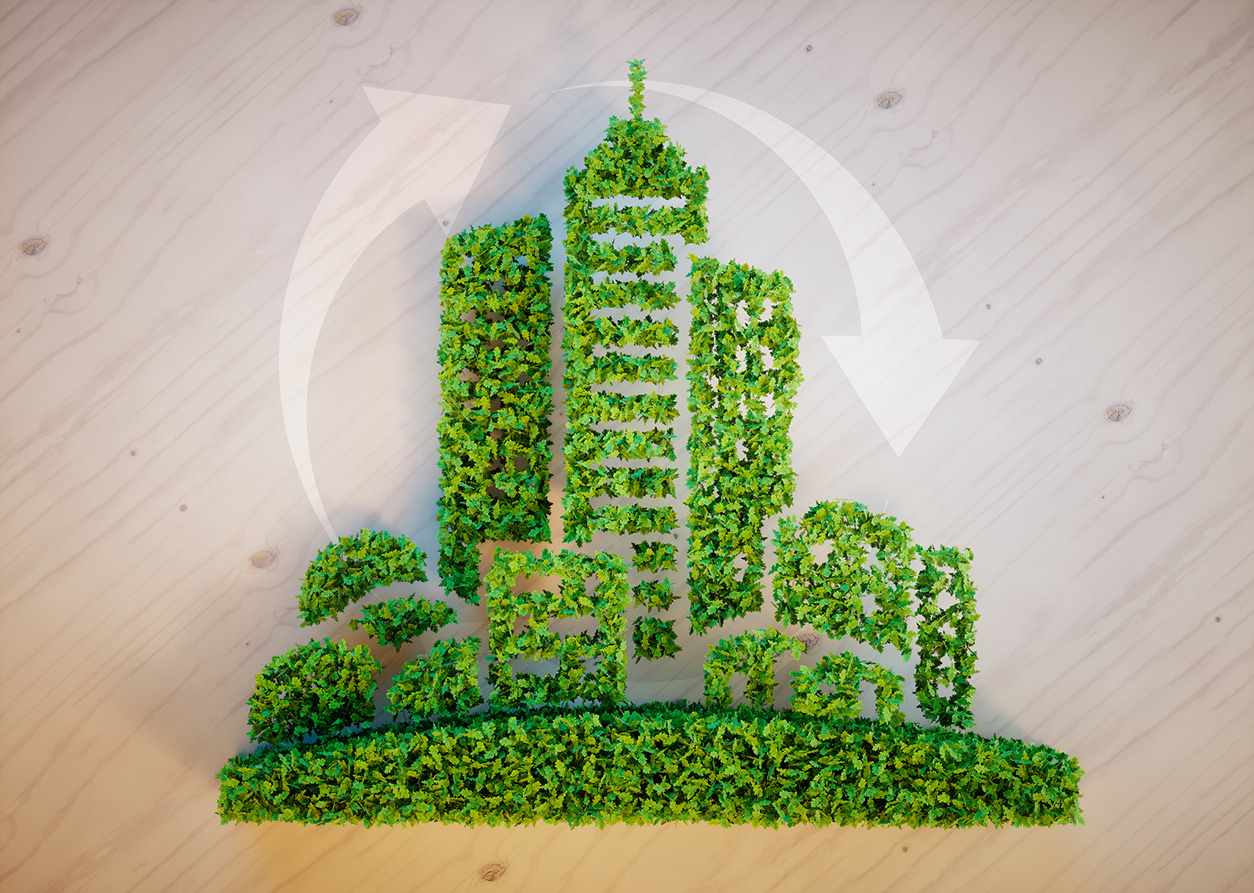
As global awareness of environmental issues continues to grow, the construction industry is taking significant steps towards sustainable building practices. One of the prominent initiatives gaining momentum is the pursuit of green building certifications. These certifications, such as LEED (Leadership in Energy and Environmental Design) and BREEAM (Building Research Establishment Environmental Assessment Method), assess a building’s overall environmental performance. Among the various factors contributing to a building’s green credentials, air filtration plays a pivotal role. In this blog, we will explore the importance of air filtration in achieving green building certifications and its impact on both occupants’ health and the environment.
Understanding Green Building Certifications
Green building certifications were established as a response to the negative impact of traditional construction practices on the environment and public health. These certifications set stringent criteria for energy efficiency, water usage, waste management, and indoor environmental quality (IEQ). Buildings that meet these criteria are recognized for their sustainable practices and commitment to reducing their environmental footprint.
Importance of Indoor Air Quality
Indoor Air Quality is a crucial component of any green building certification. Poor air quality can lead to various health issues such as respiratory problems, allergies, and even long-term illnesses. Indoor air is often more polluted than outdoor air, making it essential to implement effective air filtration systems to mitigate pollutants.
Reduced Environmental Footprint
Air filtration plays a significant role in reducing a building’s environmental impact. When a building is equipped with efficient air filters, it prevents harmful particulates, dust, and allergens from circulating in the air, thus reducing the need for frequent cleaning and maintenance. Additionally, air filters help maintain the efficiency of heating, ventilation, and air conditioning (HVAC) systems, leading to reduced energy consumption and lower greenhouse gas emissions.
Meeting Green Building Certification Criteria
To achieve green building certifications, projects must adhere to specific performance standards, which often include requirements related to air filtration. Using high-efficiency air filters can significantly contribute to meeting these criteria, as they can capture a larger percentage of airborne particles, enhancing indoor air quality and supporting a healthier environment for occupants.
Energy Efficiency and Air Filtration
Energy efficiency is a critical aspect of green building certifications, and air filtration directly influences a building’s energy consumption. When air filters are clogged or not properly maintained, HVAC systems must work harder to circulate air, resulting in higher energy usage. Investing in advanced air filtration technology and conducting regular maintenance can improve the energy performance of the building, aligning it with green building certification standards.
Choosing the Right Air Filtration System
Selecting the appropriate air filtration system is essential for achieving green building certifications. High-quality filters with a higher Minimum Efficiency Reporting Value (MERV) rating can trap finer particles effectively. Additionally, some systems utilize innovative technologies like activated carbon filters to remove harmful gases and volatile organic compounds (VOCs) from the air, further improving indoor air quality.
Promoting Health and Well-Being
Green building certifications place a strong emphasis on creating healthy environments for occupants. By employing robust air filtration systems, building owners can significantly reduce the risk of health issues caused by poor indoor air quality. Cleaner air promotes well-being, increases productivity, and reduces absenteeism, benefiting both occupants and businesses.
Air filtration plays an integral role in achieving green building certifications by enhancing indoor air quality, reducing a building’s environmental footprint, and promoting the health and well-being of its occupants. The implementation of efficient air filtration systems not only meets the criteria set by various green building certification programs but also contributes to a sustainable future by conserving energy and protecting the environment. As the construction industry continues to prioritize sustainability, investing in advanced air filtration technology is a crucial step towards creating greener and healthier buildings for generations to come.
